Premium Only Content
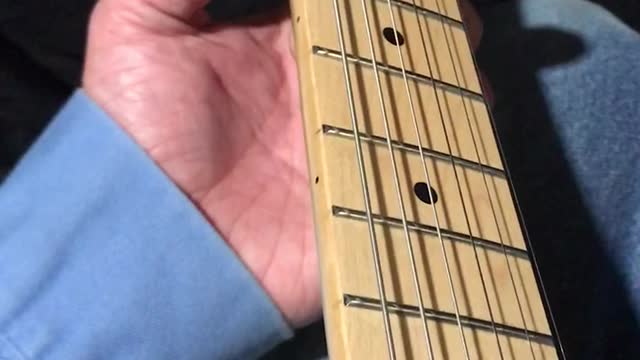
Guitar Theory - Using Thumb And Pointer Finger To Make A Bar Barre - 5 Half Steps
In this exercise, we use the thumb and pointer finger to make a bar or barre across all of the strings,
This exercise is shown at the 5th hand position, which is when your fret hand pointer finger is just behind the 5th fret, closer to the nut,
However this exercise should be practiced on all frets. (Hand positions)
This moveable bar barre shape works in all hand positions,
and your hand position will dictate which key you are in.
because i am tuned standard E (EADgbe),
and my hand is in the 5th position,
that means the notes played on both outside strings (E-e) will both be A notes,
which are two full octaves apart, or 24 half steps.
These outside strings provide you with a low-note and high-note that are always the same note, thus always sound good together, and are always in key, no matter what.
Up one string from the Low E is the A string,
which, because i am already in the 5th hand position, means i am in the key of A, and so this open A string can be played open or fretted and will sound good both ways.
Because the A string is somewhat tricky to fret with your thumb and fingers like this, its ok to just not bother too much if you get it or not, because it will sound good either way.
If you accidentally don’t fret the A string, it will sound as an A note.
If you accidentally do fret the A string, it will sound as a Perfect 4th note.
There is a video on youtube “Why you suck at guitar - Barre Chords” which i recommend you take a detour and watch, as he does a pretty good job of explaining how to make these bar barre shapes, which looks easy but can be very frustrating in practice
https://www.youtube.com/watch?v=DrlF4Tc8qC8
This particular bar barre shape exercise will become the foundation on which to build more later...
In particular, all of these notes make up every-other-note in the 2 note per string minor pentatonic scale.
This shape is the backbone for the A minor pentatonic scale,
And more importantly is the backbone for the A minor pentatonic box shape,
And also the A blues scale.
If we think of a box shape as having 4 sides, then this bar shape alone is 1 whole side of the box,
A huge square box which is 24 half steps on each side, (given a 24 fret guitar)
And from this bar barre, or side of the box, we can use it as an anchor or reference point, to know where all of the notes are, that are reachable from the bar anchor.
Every scale degree 1-12: is reachable from this shape,
So its a good exercise to work out in your mind where each scale degree is, by number 1-12
Later, we will do exercises that only use the notes of a certain scale (minor pentatonic and blues)
And since you have already practiced counting half steps, finding and naming these scale degrees will be easier
This box shape is one of the things that made Jimi Hendrix great, in my opinion,
Hendrix is often thought of as a guitarist, but he usually sang lead vocals too, and merely accompanied himself on guitar, while the rest of the band followed his lead.
So if you binge watch Jimi Hendrix videos, watch very carefully every detail of how he moves, from head to toe.
And notice that often when he sings, he has his hand locked in this box shape,
And when he is not singing, he moves his hand position a lot more.
So, he can alternate between singing lead, and playing lead guitar,
And when he is singing lead, his hand is locked into a shape that insures he is in the right key.
Another even better example is Kris Kristofferson who literally played an entire concert, solo, just him and his acoustic guitar, standing at a microphone all night...
And the entire night Kris only played 2 chords
An E chord and A chord.
For every song on the setlist.
And while i am always impressed by musicians who shred on guitar,
Kris taught me to appreciate minimalism, and how you can write a lot of songs without getting too hung up on chord progressions and music theory
So if this exercise, done in the 5th hand position, is in the key of A minor pentatonic / A blues
This exercise, if done with all open strings, would then be in the key if E minor pentatonic / E minor blues.
Or if this exercise was done at the 12th hand position, it would also be in the key of E minor pentatonic / E minor blues
From an eagle eye view of the lesson plan, this exercise is important because is signifies a milestone in guitar development,
Specifically, that you are able to fret notes with your thumb and all fingers,
That you are able to move from note to note, and string to string, without getting lost,
That you have learned the easy half of the box shape,
And that once you learn the other half of the box shape, you will then know 2 different scales, which are the minor pentatonic, and blues scales,
You will have a foundation on which to build more bar barre chord shapes,
And perhaps most importantly, you will soon be able to forget about all of these lessons in counting half steps and naming scale degrees,
and just play the guitar, without thinking about it.
Because you will be preoccupied singing,
Or working on songwriting,
Because at the end of the day, nobody is going to pay you to practice scales,
But if you are lucky, and work hard, one day someone might give you a penny or nickel to sing a song, and accompany yourself on guitar.
FREEBIRD!!!
-
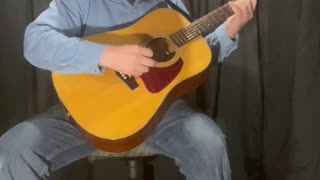 1:23
1:23
Beginner Guitar
1 year agoStar Spangled Banner On Acoustic Guitar
3003 -
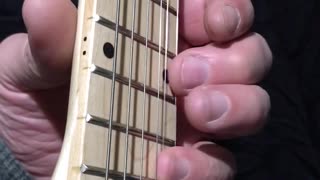 0:32
0:32
Beginner Guitar
3 years agoGuitar Theory - Using Middle And Pinky Fingers - 2 Half Steps - 5 Half Steps
33 -
 0:48
0:48
Beginner Guitar
3 years agoCounting on Guitar - 1/8 notes - Thumb and Pointer Finger
20 -
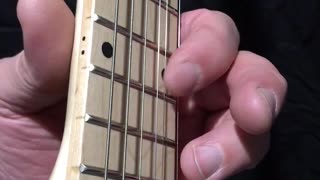 0:31
0:31
Beginner Guitar
3 years agoGuitar Theory - Using Pointer And Pinky Fingers Across 3 Half-Steps
83 -
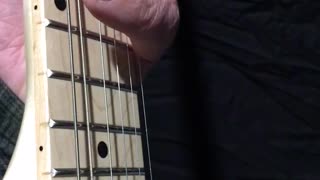 0:48
0:48
Beginner Guitar
3 years agoGuitar Theory - Major 2nd shape - 2 half steps
50 -
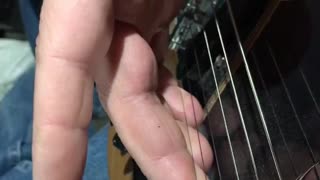 0:36
0:36
Beginner Guitar
3 years agoCounting on Guitar - Using Right Hand Pointer Finger to Count 1,2,3,4 ...
18 -
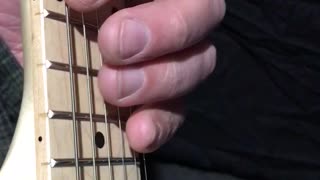 0:50
0:50
Beginner Guitar
3 years agoGuitar Theory - The Blue Note - 6 half steps
116 -
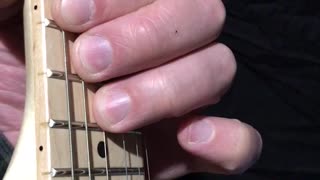 1:01
1:01
Beginner Guitar
3 years agoGuitar Theory - Blue Note and Blues Scale - 6 half steps
27 -
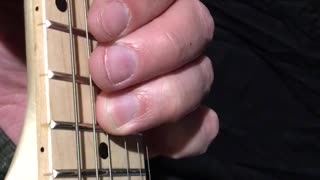 0:53
0:53
Beginner Guitar
3 years agoGuitar Theory - The Octave Shape - 12 half steps
542 -
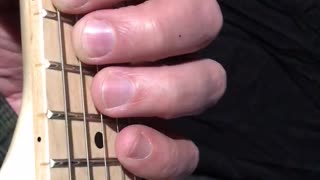 0:46
0:46
Beginner Guitar
3 years agoGuitar Theory - Moveable Blue Note Shape - 6 Half Steps
111